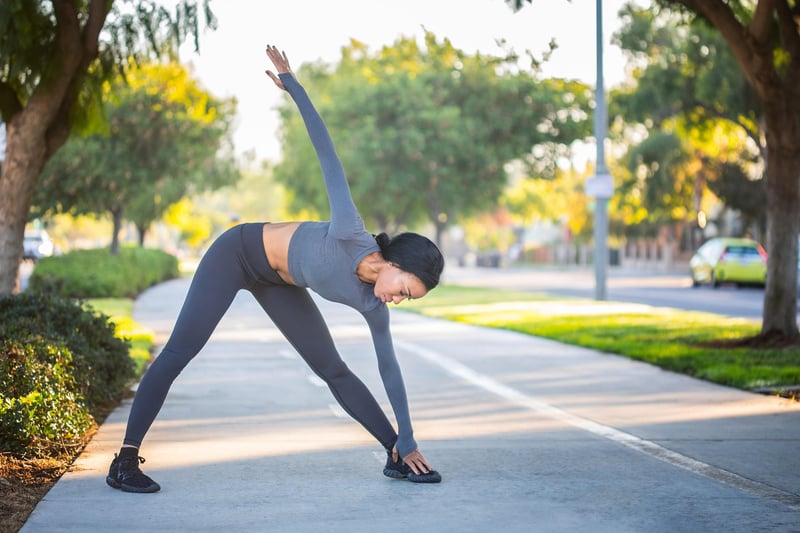Emotional Release
The Power of Movement for Emotional Health and Emotional Release
Emotions play a significant role in our daily lives, shaping our experiences and influencing our well-being. It's crucial to find healthy outlets to express, process, and release these emotions, and one effective way to do so is through movement. Movement can be a powerful tool for improving emotional health and facilitating emotional release.
How Movement Impacts Emotional Health
Engaging in physical activity through movement has been shown to have numerous benefits for emotional well-being. Exercise releases endorphins, also known as "feel-good" hormones, which can elevate mood and reduce feelings of stress and anxiety. Regular movement can also help improve sleep, boost self-esteem, and increase overall feelings of happiness and well-being.

The Connection Between Body and Mind
Our bodies and minds are intricately connected, and movement can serve as a bridge to address emotional issues stored in the body. Practices like yoga, dance, tai chi, and qigong combine movement with mindfulness, allowing individuals to tune into their emotions, release tension, and promote a sense of inner peace and balance.
Emotional Release Through Movement
Movement provides a physical outlet for pent-up emotions, allowing individuals to express themselves non-verbally. It can be a cathartic experience, enabling the release of stress, anger, sadness, and other emotions that may be difficult to articulate verbally. Through movement, people can tap into their innermost feelings and let go of emotional burdens.

Tips for Using Movement for Emotional Health
- Find a form of movement that resonates with you, whether it's yoga, dance, running, or simply taking a walk in nature.
- Set aside time each day for movement to prioritize your emotional well-being.
- Focus on the present moment during movement practices to connect with your emotions and release any tension or stress.
- Allow yourself to express emotions freely through movement without judgment or inhibition.
- Explore different movement modalities to discover what works best for you and your emotional needs.
Embracing movement as a tool for emotional health and emotional release can lead to profound changes in how we navigate our feelings and experiences. By incorporating regular movement practices into our lives, we can cultivate greater emotional resilience, self-awareness, and inner harmony.
Remember, movement is not just about physical fitness—it's also a pathway to emotional well-being and a deeper connection with ourselves.
Take a step towards better emotional health today through the power of movement!
